





 |
 |
 |
 |
 |
 |
| Jonathan Cheah Weng Kwong | profile | all galleries >> Avian Galleries >> Ciconiiformes >> Accipitrinae (Raptors) >> Aviceda leuphotes - Black Baza | tree view | thumbnails | slideshow |
| previous page | pages 1 2 ALL | next page |
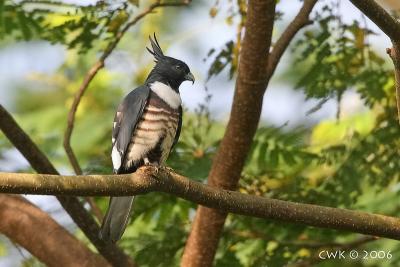 IMG_0203.jpg |
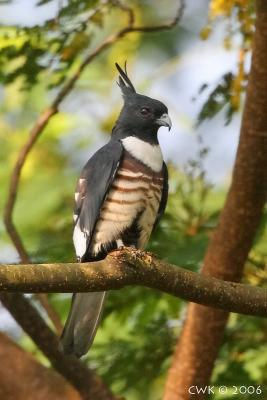 IMG_0204.jpg |
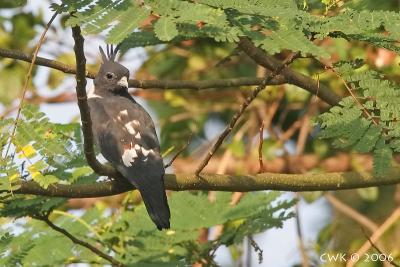 IMG_0313.jpg |
 IMG_6215.jpg |
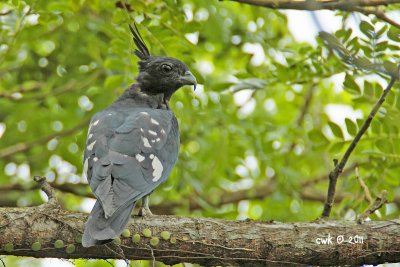 IMG_6226.jpg |
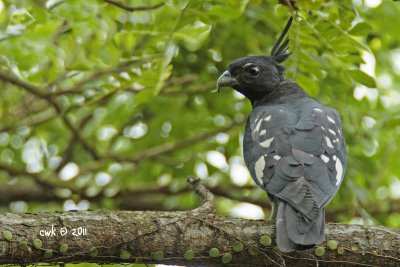 IMG_6236.jpg |
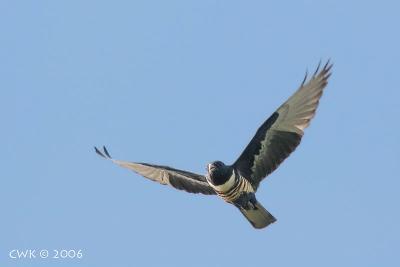 IMG_0233.jpg |
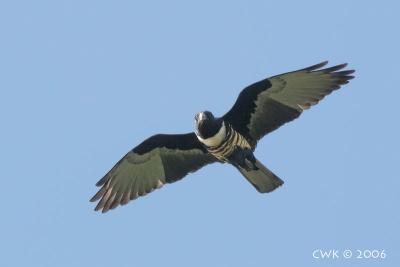 IMG_0236.jpg |
 IMG_0237.jpg |
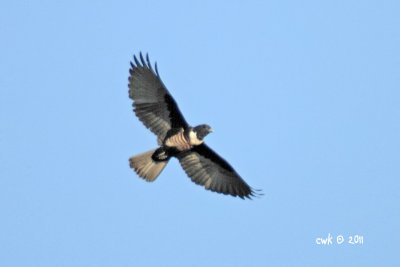 IMG_0659.jpg |
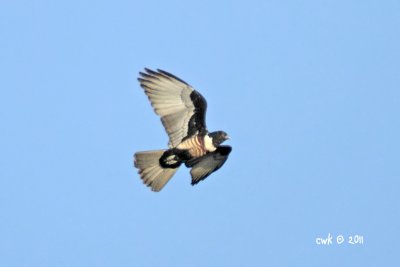 IMG_0660.jpg |
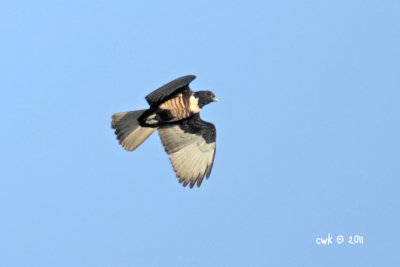 IMG_0661.jpg |
| previous page | pages 1 2 ALL | next page |
| comment | share |